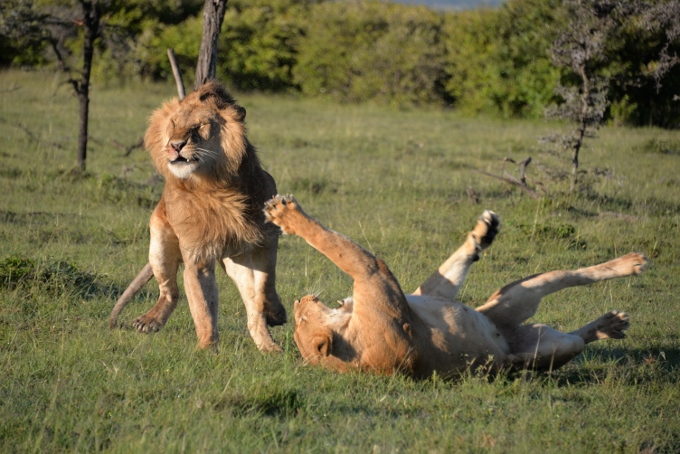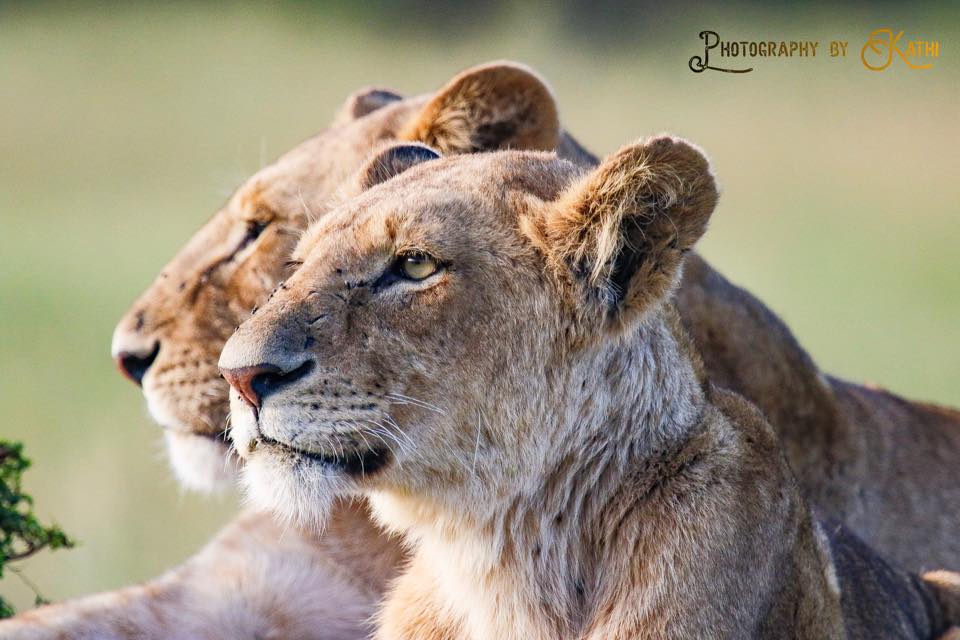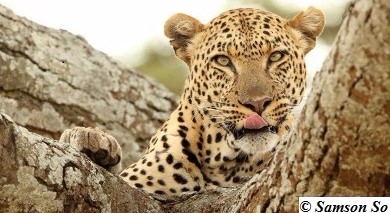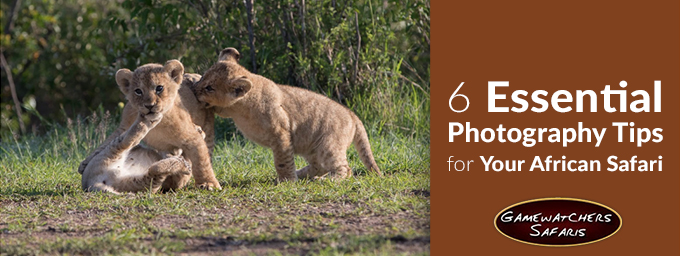
Tips from Wayne Hammond: Wildlife Photographer & Safari Adviser for Gamewatchers Safaris
I first set foot in Africa in 1999, and have since been back over 20 times. My wildlife photography and safari photography has taken me all around the continent, but my favourite bush haunts include Kenya’s Maasai Mara, Mana Pools in Zimbabwe and South Luangwa National Park in Zambia.
For many, going on an African safari is the ambition of a lifetime. Safaris make for an exciting opportunity to see some incredible wildlife and once in a lifetime sights! So make sure you bring your camera to capture show stopping images and document your trip!
And here are 6 tips gleaned from my experience in photographing animals on safari:
1. What to Pack in Your Camera Bag
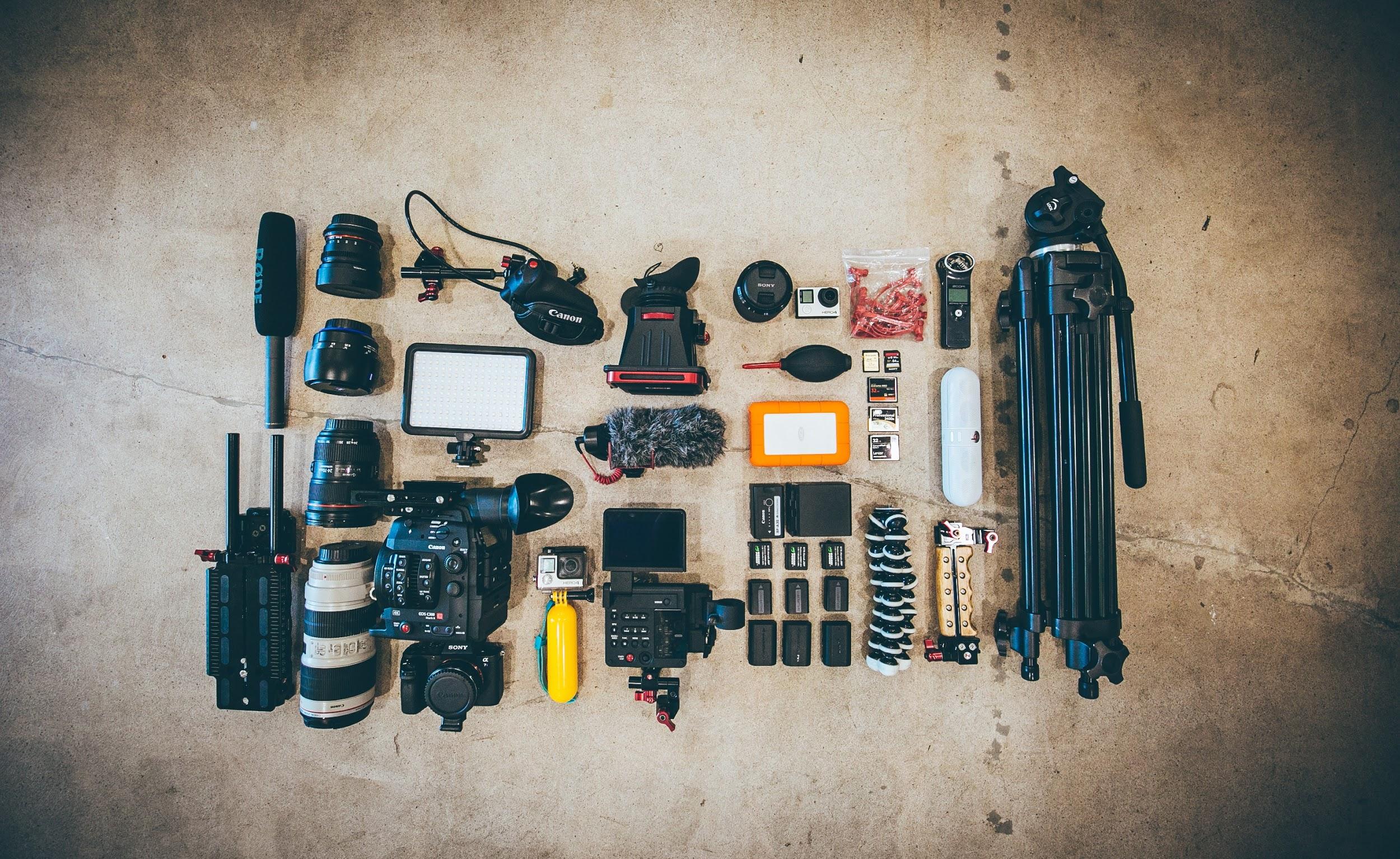
The Camera
A dSLR (digital Single Lense Reflex) is usually the best camera to bring, but any modern digital camera is capable of taking excellent photos of wildlife and you do not need to buy the most expensive camera in order to take good pictures of your safari. Getting good pictures is far more about thinking carefully about composition and using some of the techniques outlined below, than spending a small fortune on the latest top of the range camera.
The Lenses
If you have interchangeable lenses then this means you can optimise your safari photography depending on your subject matter.
I usually recommend lenses in the range of 200-400mm for wildlife photography while those wishing to take close ups (eg of insects), landscapes or shots of animals in their environment should if possible also bring wide angle lenses in the range of 24-100mm.
Don’t Forget!
Remember to pack your charger, a spare battery and extra memory cards; you’ll be surprised how many pictures you may end up taking.
It’s also helpful to bring zip lock bags to protect your equipment from dust.
2. Techniques
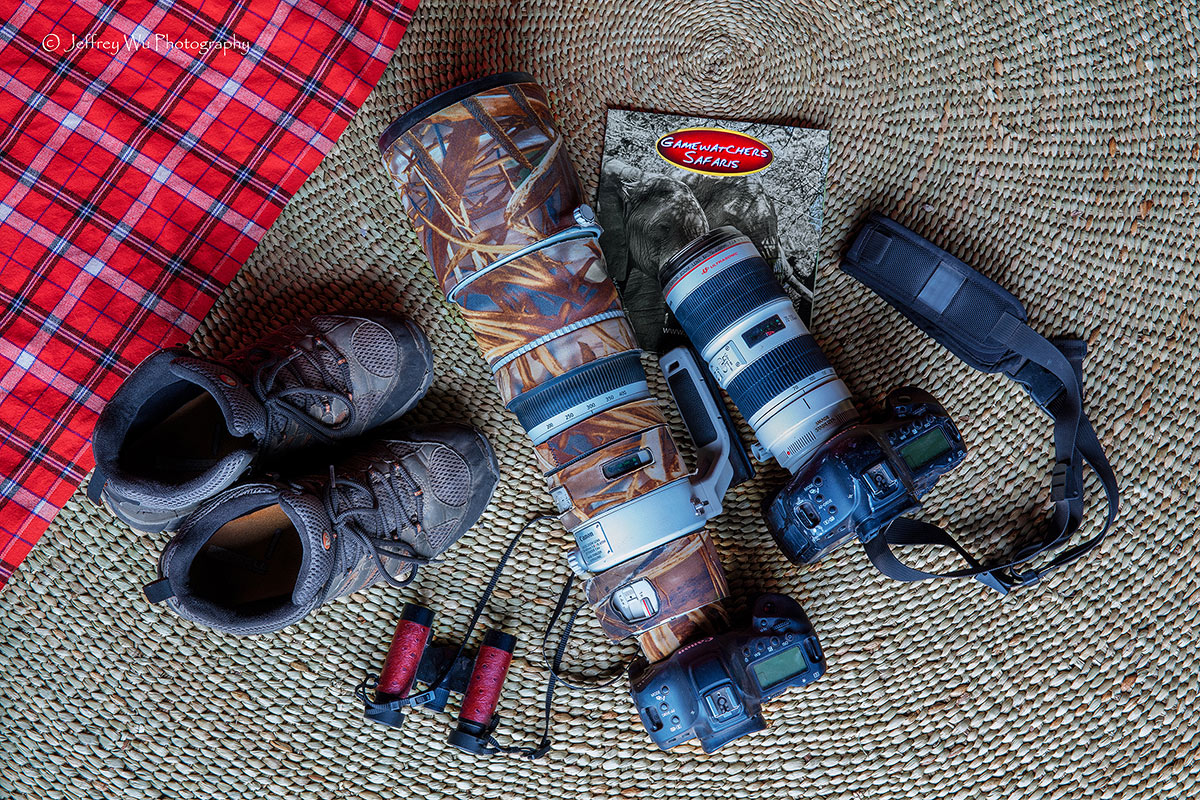
- Lenses: Longer lenses will give you the opportunity to capture the wildlife from a distance making it easier to focus on smaller animals such as birds and insects and ensuring you aren’t disturbing bigger animals by needing to get closer.
- Composition: ‘The rule of thirds’ will help you make your pictures look more aesthetically pleasing. If you imagine your shot to be divided into thirds and place your subject(s) accordingly, your eyes will be naturally drawn to them.
- Your position: Make sure you get on the same level as the animals. This usually means staying low and catching them at eye level.
- Shutter speed: The bush can be a fast moving environment, so a high shutter speed is necessary for freezing the movement of an animal, without getting a blurry image. I usually opt for 1/1000 of a second or higher.
3. Lighting is Key

Lighting can make or break a shot – if the lighting isn’t right, you won’t be able to see the amazing subject you’ve tried to capture!
Take advantage of when the sun is lower in the sky- in the early morning or late afternoon. The midday sun casts long shadows and is more unflattering on subjects.
4. Get Variation in Your Safari Photography
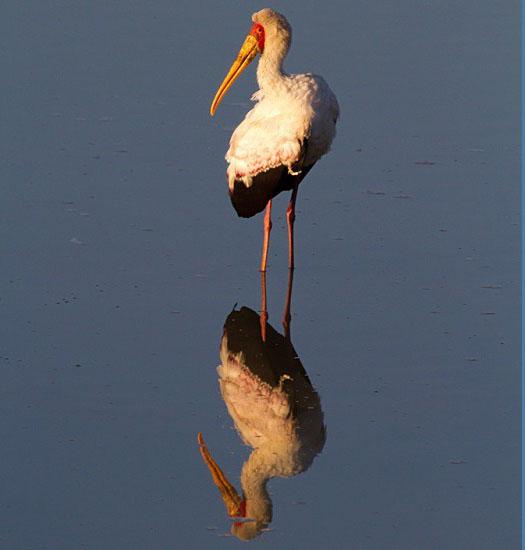
Focussing on smaller animals like birds and insects can be just as interesting as capturing the big five.
Don’t ignore the surrounding environment: you may be tempted to fill the whole frame with the subject, but paying attention to some of the incredible African landscapes can make for some interesting and varied shots.
Capture the animals in action! Lion cubs playing, cheetahs racing after their prey (but you’ll be lucky if you catch one of these), zebras grazing on the open savannah plains, they all make for more engaging shots.
5. Patience and Practice
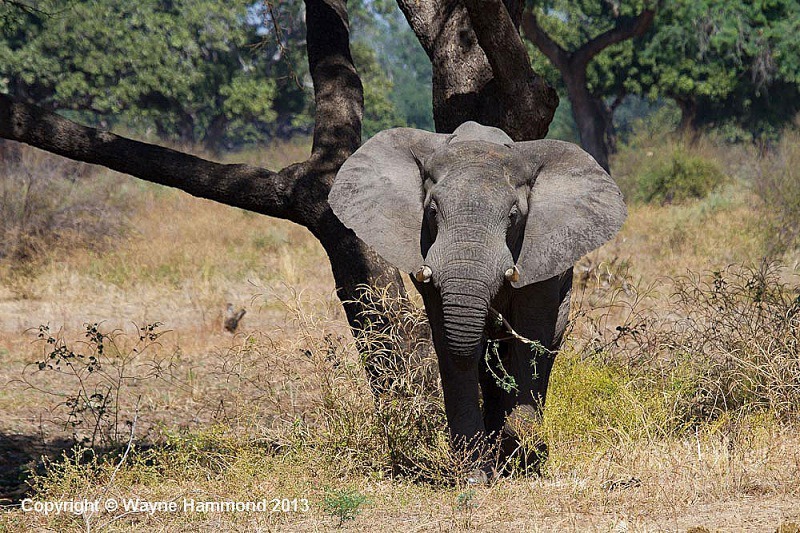
The two golden rules of safari photography. Taking photos is all about timing which means knowing how to wait and exactly when to press the button to get a good shot.
Animals don’t always come up close and some days you will see fewer animals than others. Safari photographers can sometimes spend hours waiting for the best shots. It’s important to get accustomed to using your camera so you know the ins and outs of the settings.
Before going on safari, try photographing moving objects, like your pets, so when the perfect photo opportunity presents itself to you when you’re on safari, you can act quickly.
6. If you are going to the Mara, choose to stay in the “Conservancies”
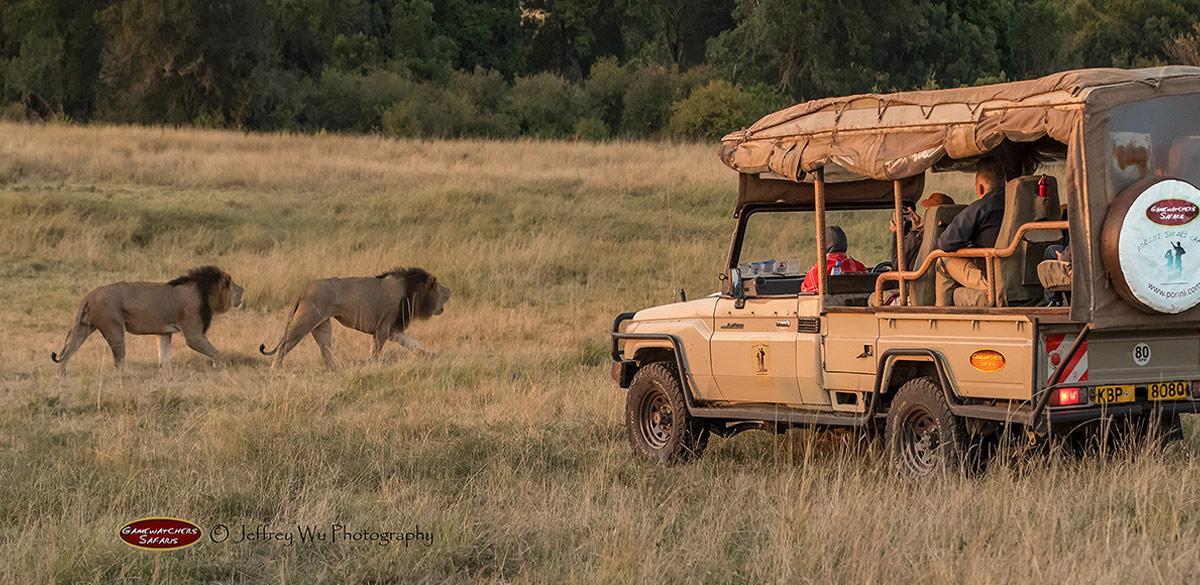
Many folk seem to believe that in the peak season months the Mara has almost as many tourist vehicles as animals and while this is certainly not the case, for a less crowded experience, where you can photograph the wildlife without other tourist vehicles getting in the way, choose to stay in the Wildlife Conservancies on the lands adjoining the Mara Reserve such as Ol Kinyei Conservancy, Naboisho Conservancy or Olare Motorogi Conservancy where the Porini Camps are located.
The photo at the top of the page of the young lion cubs playing was taken in one of these conservancies when I was in Kenya only a few weeks ago. This was just a couple of miles from camp, in perfect early morning light – we were with this lion family about 45 minutes and were the ONLY vehicle there. It doesn’t really get much better than that.
So there you have it, Six Top Tips from Wayne Hammond, one of our team of Safari Advisers for Gamewatchers.
Head to our dedicated safari photography page on our website for further information.
If you are still researching your options then sign up for our free 6-part How to Book A Safari email series and discover how to make the most out of your time and budget.
on Tuesday 25th July 2017 at 03:08



